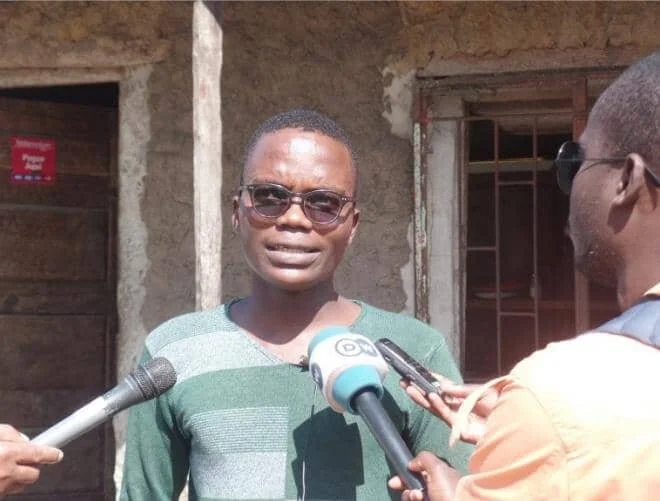Build and Share Power: Non-profits and movement leaders have traditionally not been present in rooms where governments and corporations make big structural decisions. This is especially true for black-, indigenous-, and people of color-led organisations, as well as those led by women, young people, and people with disabilities. Funders can help re-balance these inequities. They can achieve this by sharing power with and building power for the social sector, giving more resources directly at the local level to organisations with local leadership and local ownership, and making more robust investments in organizations led by proximate leaders of color. More inclusive decision-making structures and spaces need to be designed.
PACT FOR THE FUTURE |PART TWO
We commit to achieving a world in which humanity lives in harmony with nature, to conserving and sustainably using our planet’s marine and terrestrial resources, including through sustainable lifestyles, and sustainable consumption and production, to reversing the trends of environmental degradation, to promoting resilience, to reducing disaster risk, and to halting ecosystem degradation and biodiversity loss. We will conserve and sustainably use oceans and seas, freshwater resources, as well as forests, mountains and dry lands and protect biodiversity, ecosystems and wildlife.
Partners In Localization |Designing For Change
Those who work in the development and humanitarian sphere know that local ownership of international assistance is the route to greater equity, effectiveness, and sustainability. USAID has embraced this understanding and redoubled our commitment to shift funding and decision-making power to the people, organizations, and institutions driving change in their communities. Similar commitments are shared by actors across the development and humanitarian ecosystem, from national and local to U.S.-based or international organizations.
Adolescent and Youth (AY) Addendum to the Global Financing Facility Civil Society Engagement Strategy
The Global Strategy for Women’s, Children’s and Adolescents’ Health 2016-30 highlights the importance of adolescent health and well-being as being essential to achieving the Sustainable Development Goals (SDG) by 2030. For adolescents to survive, thrive, and transform their societies, the global community needs to invest in their health and well-being. Today’s adolescents are well-positioned to mobilize their peers, advocate for increased resources for sexual and reproductive health and rights, influence their governments to invest in addressing their needs, and demand accountability for commitments related to their health and development.
EAPN Conference | Collaboration for Collective Impact:
Harnessing the Power of Co-Creation and Tailoring Solutions: Our discussions highlighted the importance of co-creation and tailoring solutions to local contexts in driving meaningful systems change. Co-creation empowers communities to take ownership of the development process, fostering a sense of agency, pride, and collective action.
Meet the Young Leader Standing For Transparency In Mozambique
For instance, when Rogério observed that young adults were comparably uninformed about the nation’s political affairs, he developed PoliMoz, a website dedicated to providing accessible political and civic information in the country.In his own work, where, as Rogério explains, young employees often skirted the rules, he made a concerted effort to educate his staff about the importance of ethical behavior in addition to modeling it himself.






